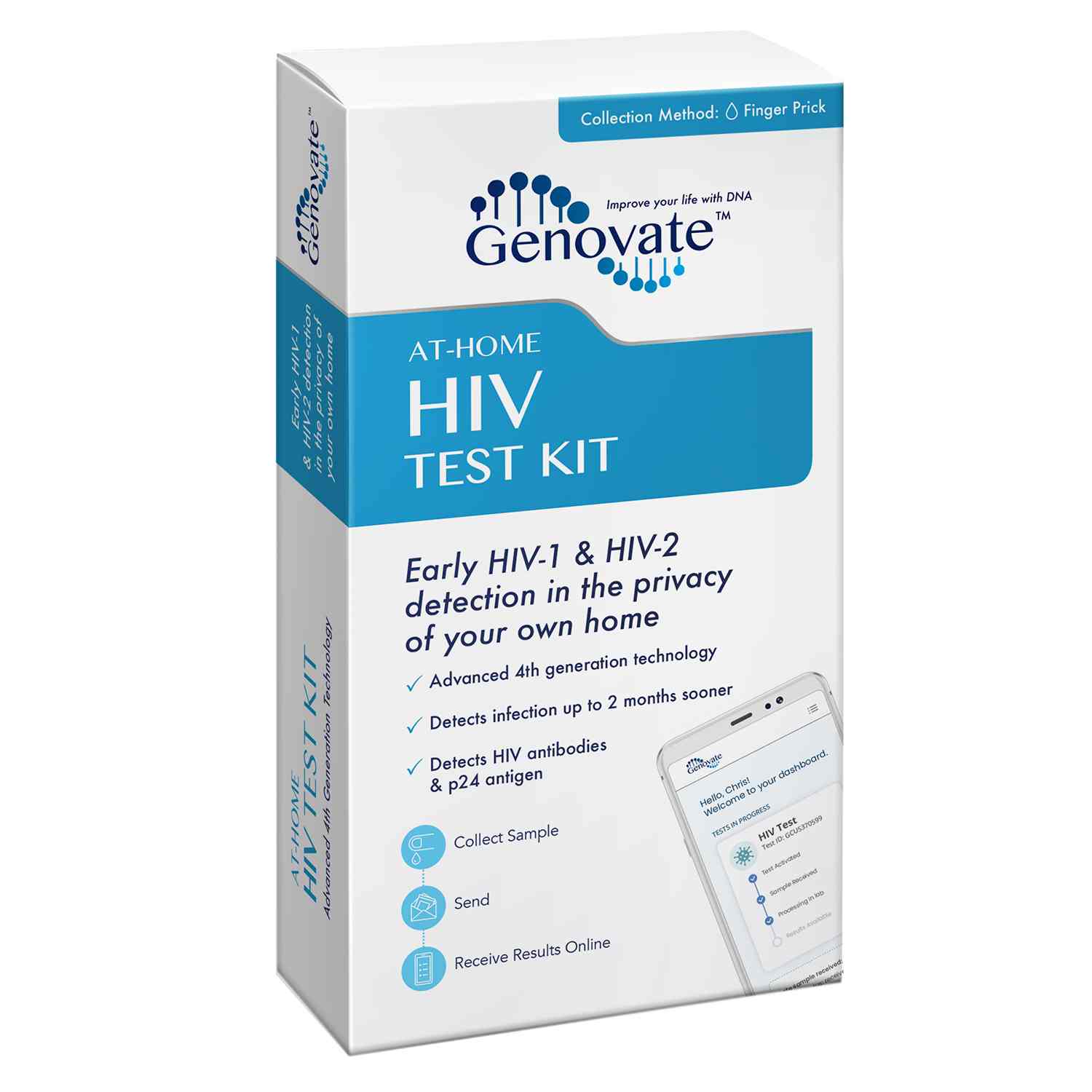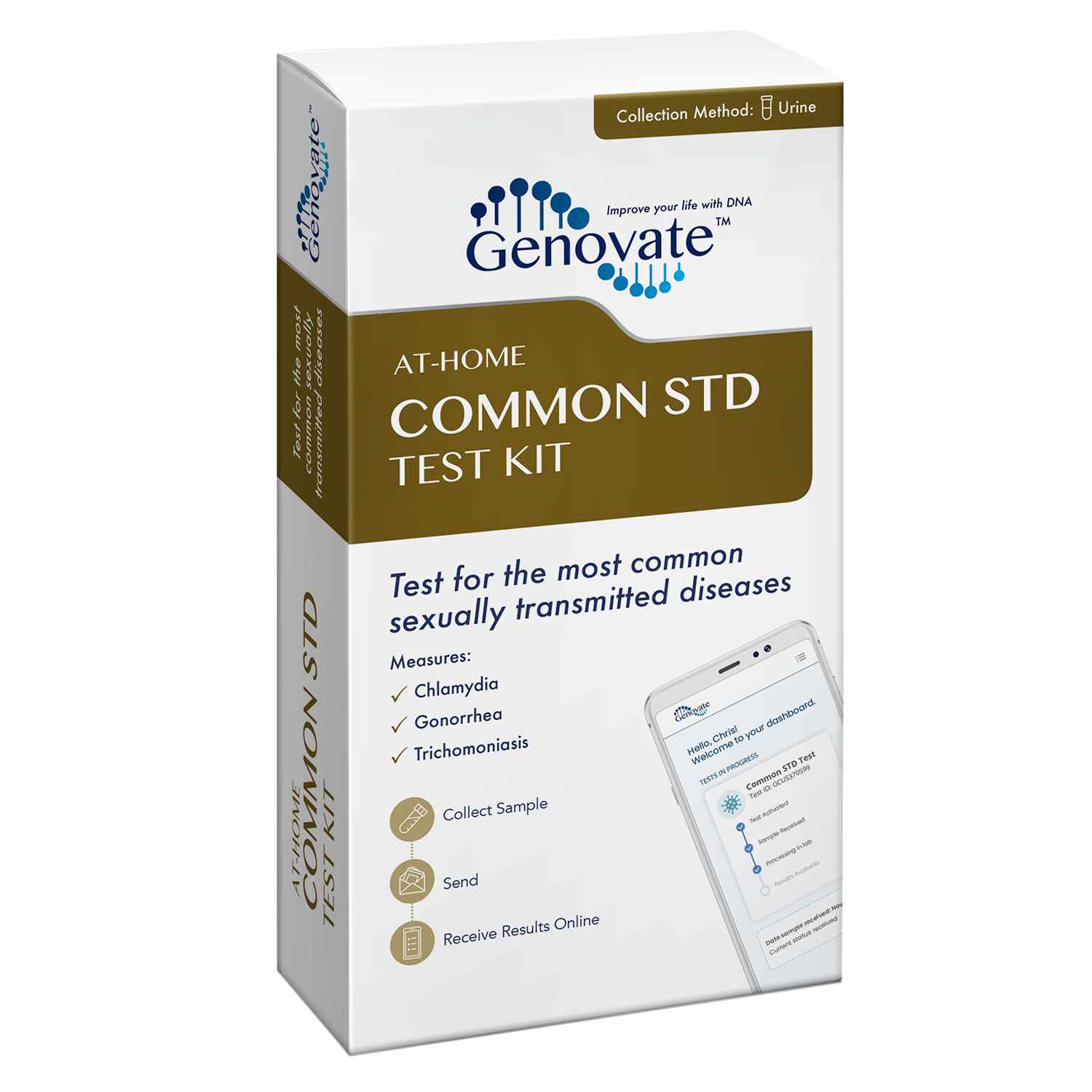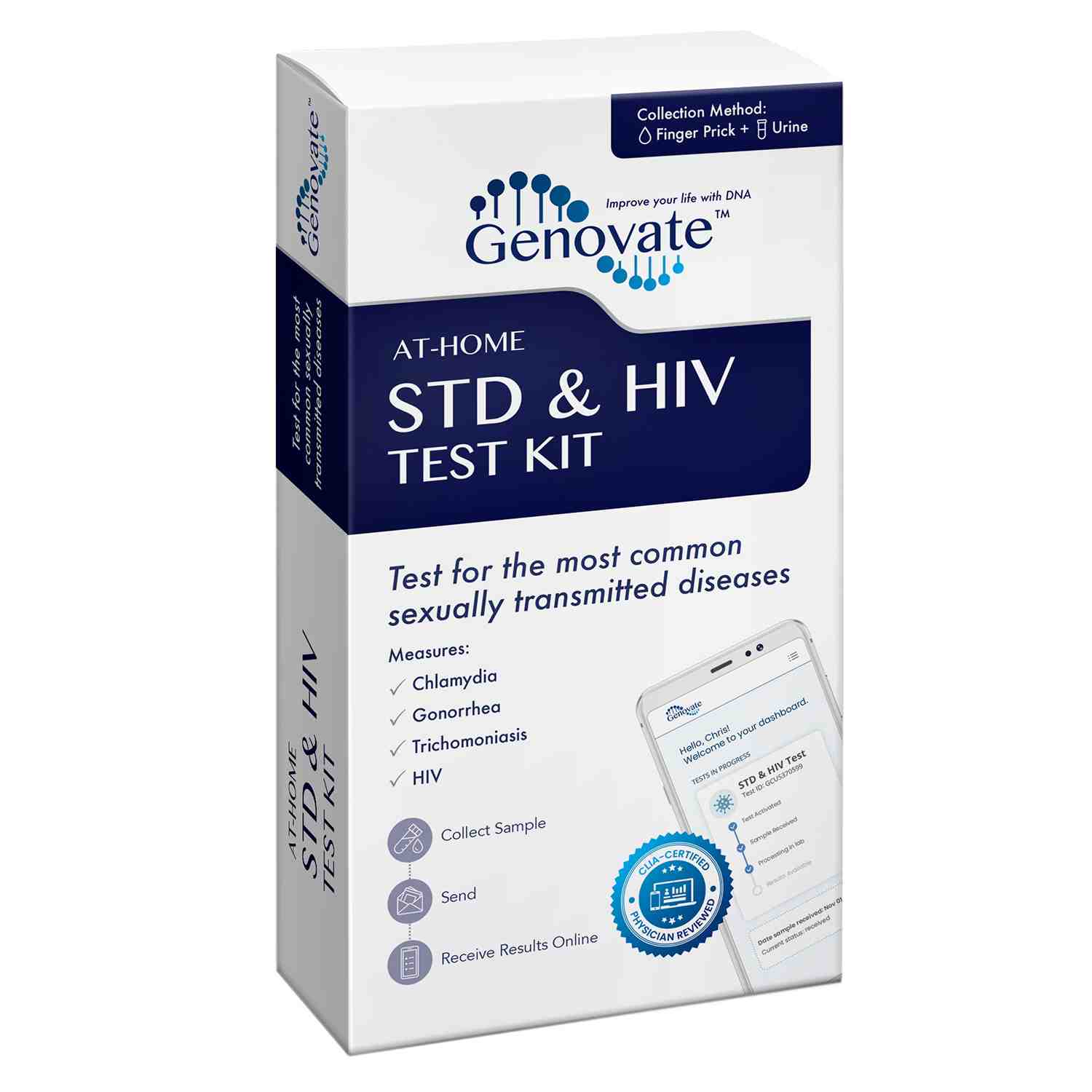HIV Test
$69.00 Original price was: $69.00.$49.00Current price is: $49.00.
Find out whether you are infected with the HIV virus quickly and discreetly from the privacy of your own home. This 4th Generation At-Home HIV test allows earlier detection and superior accuracy compared to older 2nd Generation technology.
- Detects infection up to 2 months sooner than a 2G test
- Highest accuracy
- Detects HIV IgG antibodies & p24 antigen
- Detects HIV-1 & HIV-2
Collection Method: Finger Prick Blood
Out of stock
Protect yourself and protect others by getting an HIV test today
Human immunodeficiency virus (HIV) is a sexually transmitted disease, which is transmitted by contact or transfer of blood, semen, pre-ejaculate, and vaginal fluids. HIV can also be transmitted from an infected mother to her infant during pregnancy, childbirth, or through breastmilk.
HIV infects immune system cells, and in the absence of effective treatment, eventually leads to a loss of cell-mediated immunity, and the development of acquired immunodeficiency syndrome (AIDS).
Although HIV is not curable, antiretroviral therapy (ART) is a very effective treatment to prevent the transmission of HIV and the progression to AIDS. Post-exposure prophylaxis (PEP) is also available as an emergency medication to reduce the risk of HIV infection.
Why consider this test?
- The CDC recommends that everyone between 13 and 64 years of age should get tested at least once for HIV as part of routine health care.
- Individuals in higher risk populations (e.g. men who have sex with men, injecting drug users, sex workers) should be tested at least annually for HIV.
- HIV screening is recommended in the routine panel of prenatal screening tests for all pregnant women
- This 4th generation HIV test is a laboratory test that can detect HIV with more accuracy and at an earlier stage than older rapid HIV tests.
If you suspect that you have been exposed to HIV, be aware that there is a “window period” of 18-45 days when HIV antigens and antibodies are not detectable. Individuals who have been potentially exposed to HIV should be tested immediately (although likely negative within the first two weeks), and then tested again at six weeks, three months, and six months..
Stages & Symptoms of HIV
Acute Stage
Many individuals are unaware that they have HIV in the first few months, as they do not display any symptoms, or only experience mild symptoms (e.g. headache, sore throat, fatigue). As the viral load increases, other symptoms usually appear. Individuals in the acute stage are
Swollen lymph nodes
Weight loss
High fever
Diarrhea
Muscle aches
Clinical Latency Stage
The second stage of HIV infection is known as clinical latency (or chronic HIV infection). The virus is still multiplying during this stage, but only at very low levels, and many individuals do not show any symptoms. However, without HIV treatment, individuals in this stage can still transmit HIV.
AIDS
HIV targets cells of the immune system reducing the ability to fight other infections and eventually progressing to acquired immunodeficiency syndrome (AIDS) in untreated individuals.
Extreme fatigue
Pneumonia
Depression
Memory loss
Skin discoloration
Rapid weight loss
Increased susceptibility to other infections
What's included in this test?
HIV p24 antigen
The HIV p24 Antigen is a viral core protein from HIV that can be detected in the blood within 2-3 weeks of exposure, making it useful for early HIV diagnosis. However, as the body produces antibodies to the p24 antigen, it becomes undetectable 40-45 days after exposure. The 4th generation HIV test offered here detects both the p24 antigen and antibodies to HIV-1 and HIV-2, reducing the "window period" to just 18-45 days post-exposure.
HIV-1 and HIV-2 antibodies
HIV-1 and HIV-2 antibodies are produced by the immune system in response to an HIV infection. They are generally not detected in the blood until 23-90 days after exposure but then remain detectable for life. HIV tests that only detect antibodies have a long "window period" post-exposure when an individual can be infected and able to transmit HIV, yet still tests negative for HIV. This 4th generation HIV test detects both HIV antibodies as well as the earlier detectable HIV p24 antigen to reduce this "window period" to just 18-45 days post-exposure.
How it works
Order your kit
Collect your sample
Receive your results
Our Laboratory Accreditations
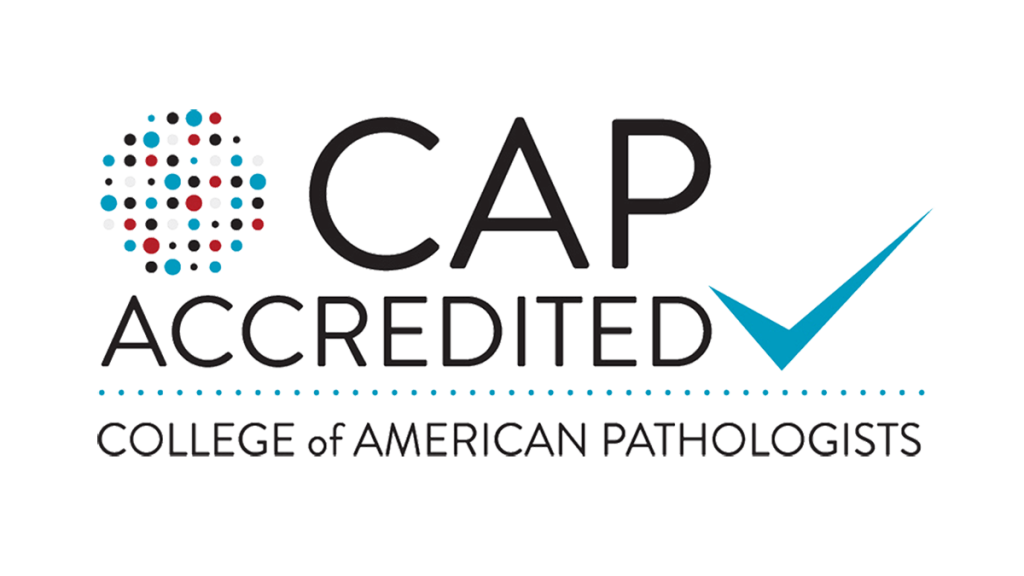
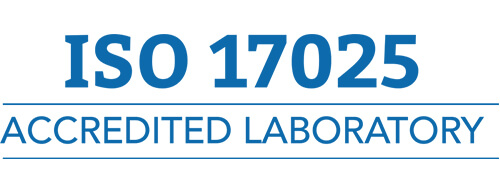
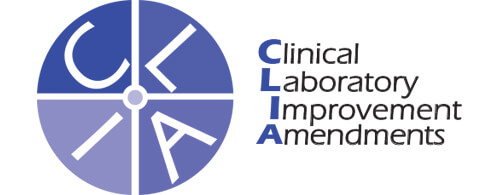
FAQs
How does the HIV test work?
Our lab uses a fully automated antigen/antibody combination test to detect the presence of the HIV p24 antigen and antibodies to HIV-1 and HIV-2 in the finger prick blood sample. The p24 antigen is usually detected within 2-3 weeks post-exposure, while HIV antibodies are generally detected 4-6 weeks post-exposure.
What should I do if my test is positive?
If you receive a positive result, contact a healthcare professional immediately to start treatment. Follow your healthcare provider’s treatment recommendations and inform your sexual partners so they can also get tested and treated if necessary.
How is HIV treated?
HIV is treated with a lifelong regimen of antiretroviral therapy (ART). ART involves taking a combination of HIV medicines every day. While ART doesn't cure HIV, it can significantly reduce the virus's impact on the body and prevent transmission. People living with HIV need to adhere strictly to their treatment plan and have regular medical check-ups to monitor their health. Early diagnosis and consistent treatment adherence are key to effectively managing HIV
How is HIV diagnosed?
HIV infections are typically diagnosed through the detection of HIV antigens and antibodies in a blood sample.
HIV p24 antigen is a structural component of the HIV virus. It can usually be detected in the blood around 2-3 weeks after infection. The p24 antigen levels peak early and then decline to undetectable levels as the body starts producing antibodies against the virus.
HIV antibodies are produced by the body in response to HIV infection. HIV antibodies generally are not detectable until 4-6 weeks post-exposure. Once they develop, they usually remain detectable indefinitely, helping in the long-term identification of HIV infection.
How can I reduce my risk of HIV infection?
Preventing HIV involves a combination of safe practices and medical interventions. Here are some steps you can take to reduce your risk:
- Practice Abstinence: The surest way to prevent these STDs is to abstain from or delay sexual activity.
- Get Regularly Tested: Know your HIV status and that of your partners. Regular testing is especially important if you have multiple partners or engage in high-risk behaviors. Early detection through tests can lead to timely treatment.
- Use Condoms Correctly: Condoms are very effective in reducing the risk of HIV transmission when used properly during every sexual encounter.
- Limit Sexual Partners: Reducing the number of sexual partners decreases the risk of HIV exposure.
- Mutual Monogamy: Being in a mutually monogamous relationship where both partners have been tested and know their HIV status can significantly reduce risk.
- Pre-exposure Prophylaxis (PrEP): If you are at high risk for HIV, PrEP is a daily medication that can greatly reduce your risk of HIV infection.
- Post-exposure Prophylaxis (PEP): If you think you've been exposed to HIV within the last 72 hours, PEP can reduce your risk of becoming HIV-positive.
- Avoid Sharing Needles: If you inject drugs, use only sterile injection equipment and water, and never share your equipment with others.
How common is HIV?
HIV remains a significant public health concern in the United States. According to CDC, there were approximately 32,100 new HIV infections in the country in 2021. Male-to-male sexual contact was the primary mode of transmission for a significant majority of new HIV diagnoses in the United States and its dependent areas, accounting for 67% (24,107 cases) of all new diagnoses. In the same year, heterosexual contact was responsible for 22% (8,059 cases) of all HIV diagnoses. As of the end of 2021, an estimated 1.2 million people in the U.S. were living with HIV, of whom about 87% were aware of their status.
Related Products
$129.00 Original price was: $129.00.$89.00Current price is: $89.00.
$149.00 Original price was: $149.00.$99.00Current price is: $99.00.
$99.00 Original price was: $99.00.$69.00Current price is: $69.00.

